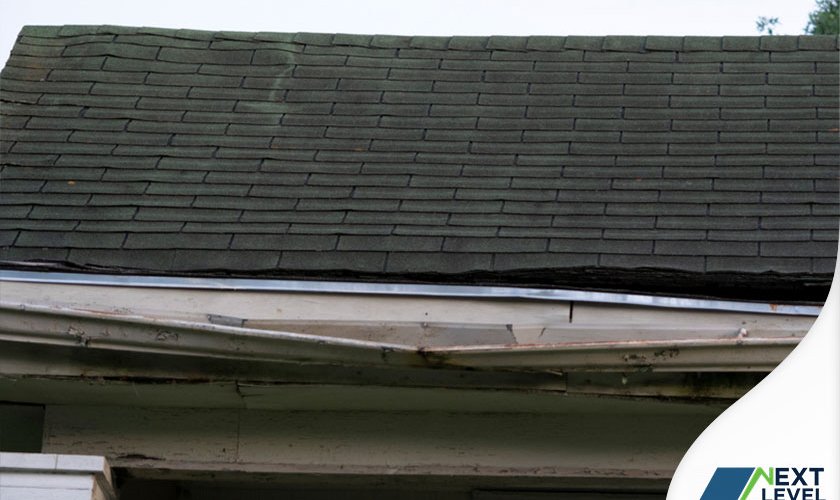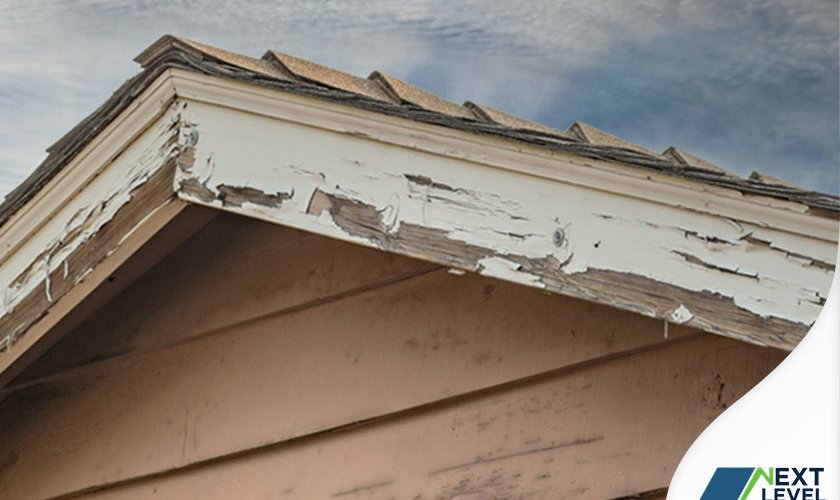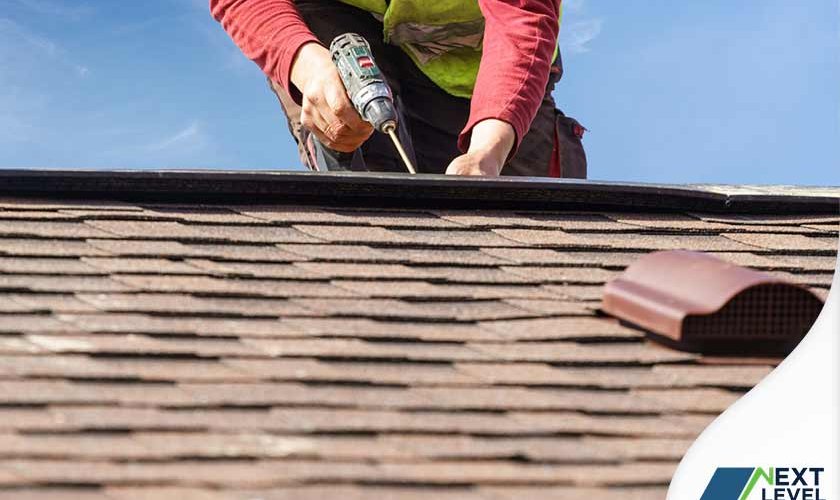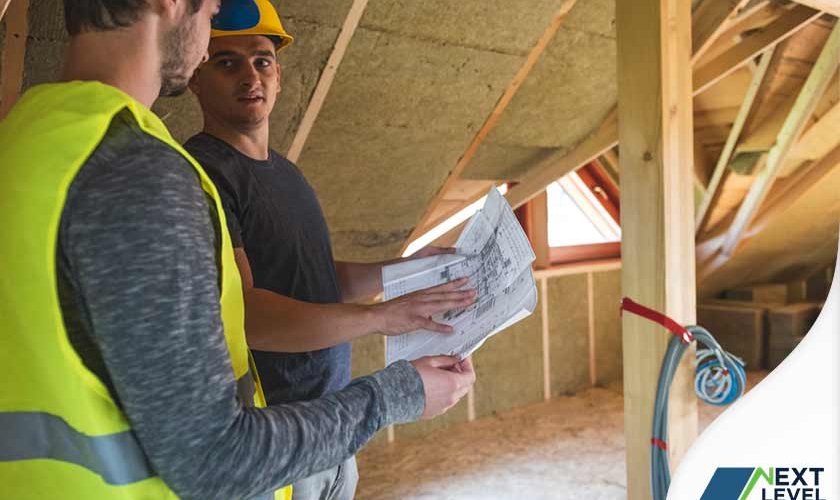Have you spotted a sagging section of your roof? Does your roofline appear to dip down in specific locations, especially around chimneys, vents and other penetrations, when you’re standing on the ground? Is it necessary to be concerned? Is it common for parts of your roof to droop over time? You may have a number of crucial questions that need to be addressed. It’s important to understand what causes a roof to sag and how serious the situation is.
You’ll probably obtain a manufacturer’s warranty for the materials and a workmanship warranty from your contractor when you get a new roof done. Should the need arise, these roof guarantees will assist in covering the expenses of roof maintenance and repairs. Roof warranties differ in terms of length, transferability, and coverage exclusions.
In roofing, the fascia refers to a flat board that runs along the roofline and connects the rafters and trusses. It is visible from the exterior of your home as it holds the gutters in place, protecting your interior from moisture-related issues. Unfortunately, it is possible for the fascia to rot. In fact, it is one of the most common dilemmas that homeowners face.
A large number of homes in the U.S. have unreasonably high levels of moisture. Knowing whether you could benefit from adding ventilation to your attic might just be a roof-saver. In this article, flat roof contractors at Next Level Roofers share three myths and facts you need to know about attic ventilation.
Inspections are an important part of roof maintenance. A roof inspector will be looking for leaks, mold and algae growth, wear and tear and other weather-related damage. Ultimately, a roof inspection is broken down into four facets: interior, structural, material and workmanship. One of the leading roofing companies in the area discusses them here.
- 1
- 2





